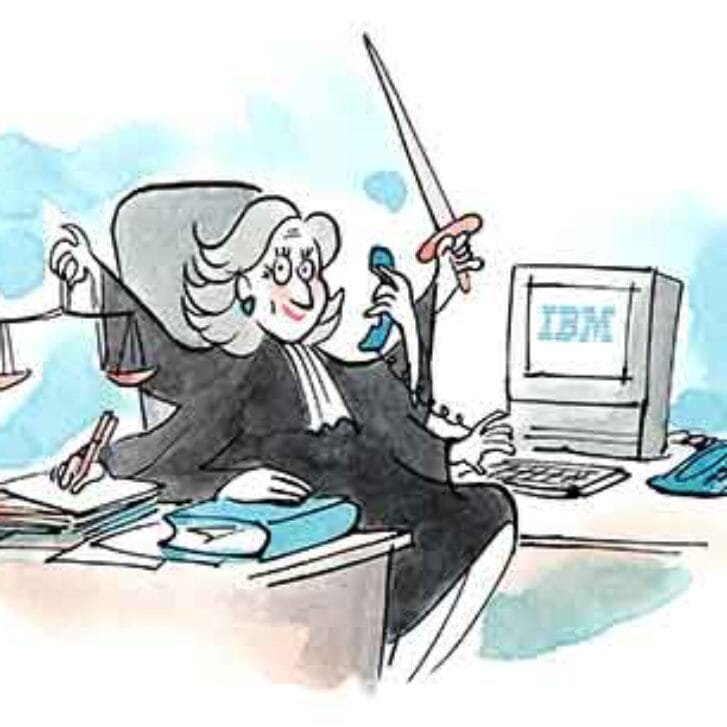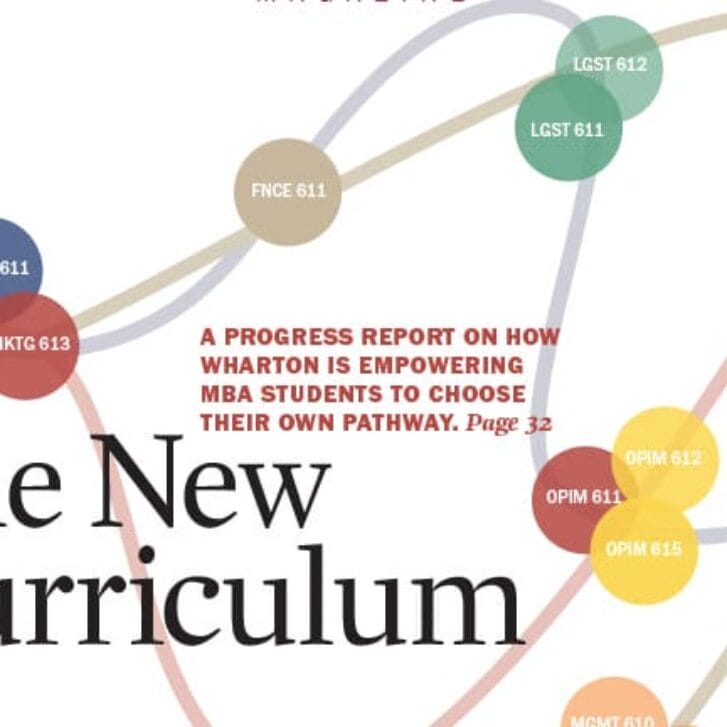Space exploration has long been the domain of big governments, but more private firms are jumping into the fray and achieving success. In a recent paper, “Watershed Moments, Cognitive Discontinuities, and Entrepreneurial Entry: The Case of New Space,” Wharton management professors Laura Huang and Anoop Menon—along with co-author Tiona Zuzul from the London Business School—studied the watershed moments that have enabled this frenzy of entrepreneurial activity. The following is an edited transcript of Huang and Menon’s recent conversation with Knowledge@Wharton about their findings.
Knowledge@Wharton: Could you summarize what you were studying in this paper?
Anoop Menon: We are big aerospace buffs. There has been a huge amount of buzz in the aerospace industry in the past five years or so. There’s Elon Musk W97 C97, there’s Mars colonization, space travel. But aerospace is a classic example of a hard-to-break-into industry. This is a really entrenched industry with very high entry costs because of capital requirements, skills that are required, and regulatory connections that you need to have. Many people have tried to enter it to do private space and have failed. But all of a sudden, in the past decade or so, a big change. Why? What drove this change, and can we understand something about industry evolution and entrepreneurial entry by studying this particular case? That’s what got us started.
Laura Huang: This is an industry that has a lot of history. We went back to the 1950s and even earlier. We have 21,000 articles, conference proceedings, and documents. We also supplemented that with lots of interviews with regulators, engineers, people at all the different touch points in the industry.
Menon: One of the really fun things about this project was that I got to talk to an astronaut, a colonel in the Pentagon, to NASA people. It was fantastic.
K@W: Was there a particular watershed moment for the industry?
Menon: The academic literature on how industries change tends to look at either big breaks in technology, big regulatory changes, or some sort of social movement or collective action. Those are three big buckets. But what was interesting is this cognitive element as well, and that’s where this watershed moment comes in.
If you think about any industry, you have the major players who all have beliefs about who does what, how things work. These are resilient mental structures, or collective mental models, that define the rules of the game for the industry. What we are trying to say is that these watershed moments are big, shocking events that cause actors to sit back and wonder if things should always be this way. There’s the initial big watershed moment—Sputnik gets launched, and all of a sudden we freak out. That causes NASA to be founded, DARPA [Defense Advanced Research Project Agency] to be founded—big changes. All of a sudden, this is the Cold War being played out in space. That gels the collective mental model around the belief that space is for big governments, big firms, failure is not an option, a lot of money is required, only the top talent can be here.
The first set of shocking watershed moments happened at the end of the ’80s. You get the Challenger disaster, which demonstrates to the public that maybe the government doesn’t always get it right. At the same time, you get the Cold War ending, and many people question why we’re spending so much on space. Then committees get formed. How do we rethink space? That causes what we call the initial shake-up of the model.
Huang: What Anoop is referring to is this dislodging of this mental model that was there. A lot of this disruption that we’ve seen in the past was happening through technological discontinuities, through regulatory discontinuities, through collective action. But we’re finding that it’s these cognitive discontinuities that are catalyzed from these watershed moments. Watershed moments are these very emotionally resonant, very publicly recalled moments—like Challenger, like the fall of the Berlin Wall. Those dislodged. Then we find other ones that re-solidified, that brought about this new mental model—the awarding of the COTS [Commercial Orbital Transportation Services] contract and Ansari XPRIZE. We’re seeing this shift that it’s not just the government; it’s not just a national endeavor. Now these private firms are coming in.
Menon: Private people can actually do this. That’s a big shock to everybody. Once they believe it’s possible, things start to get into motion. It’s like NASA should become more like a venture capital firm, rather than this cost-plus regulator who’s controlling everything. It’s a big mind-set shift that happens, and then you start converging towards the new model that we see today.
K@W: What can the space industry take from this research? Also, what can other industries learn from it?
Huang: We’re looking at this one industry. We would love to look at other industries as well. But in general, we tend to think that disruption and entrepreneurial emergence happen from these big technological shocks. Something big happens, and that paves the way for other new entrants to come in. Or there’s a big regulation that allows other people to come in. What I think industries can take from this is that it’s more complicated than that. There are these emotionally resonant events that are happening all of the time. We don’t know what form it’s going to take, necessarily, but they are affecting the mental models. Keeping that in mind as industries are evolving and as companies are trying to play within these sorts of rules is really important.
Menon: In entrepreneurial courses, we ask where the opportunities are. Let’s analyze the industry landscape, the technological landscape, and the regulatory landscape to find where the opportunities are. What we are seeing is that maybe we can also analyze the mental landscapes—the cognitive landscapes of the agents, what their beliefs are and how they are changing—as another avenue to think about where opportunities might be and where change might come from.
K@W: It does seem to be a kind of cautionary tale to other industries. You may have the technology to do it, but if people don’t believe you can do it or don’t believe it’s your place to do it, then they’re not going to buy into it.
Menon: It’s the tech that catches the attention, right? But the cognitive thing is a bit subtle. I’ve had rocket scientists who are the best in the business say, “We know how to do this. We’ve had the capability for decades, but nobody would believe me, nobody would fund me. So what can I do?”
K@W: Can you identify a watershed moment while it’s happening, or is it only possible to do that looking back?
Menon: Right now, it’s all historical. Can we do it live? That’s something we need to think about. I’m sure psychologists like Laura can quickly develop metrics to see the emotional resonance that certain events are having and what long-term impact that could have on the industry.
Huang: Something goes wrong and [blows up]—we see this all over the news. It’s important to continue to track this.
Menon: Recently, the SpaceX rocket exploded on the launch pad. People have said this is a very touchy industry exactly because of how visible and explosive everything is. People are worried that one big failure is enough to go back to where we were. What determines the impact that any one event is going to have? I think that’s a great question for future research.
Published as “The Final Frontier” in the Spring/Summer 2017 issue of Wharton Magazine.


























